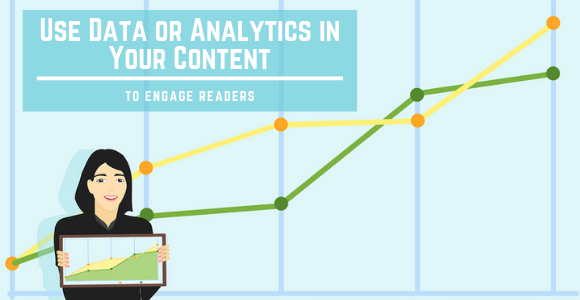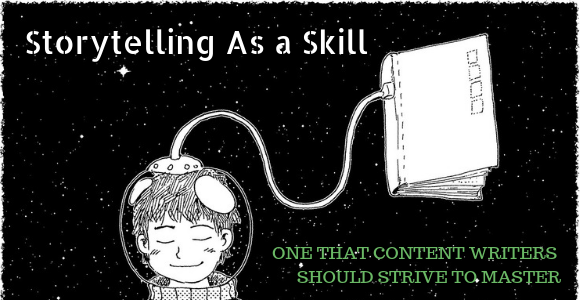What do you think of when you hear the words “data” or “analytics”? Some people may think of boring charts and graphs, but it is not only that. Did you know that according to Tony Haile, people spend an average of 15 seconds on a website? That’s how long you have to cast your fishing rod and hook your readers onto it. You see what I did there? I opened up with a question to get you thinking then wowed you with a fact to get you interested in the topic. Now, this blog isn’t going to be about how to keep people interested in your content – per se. It is about how you can count on content writing services to use data and analytics (like statistics) to keep your readers engaged.
How Can Data Help Content?
If you are keeping up with my blogs, you may have noticed that I tend to use various statistics when touching on certain topics. Not only are they interesting but they can also further engage the readers. That is the beauty of using them. Writing, in general, is about creativity – with every piece that you write, you try to add your own spin to it, a little touch of personality, and a unique writing style. Data – facts, statistics, and details – are what can make the content more intriguing.
You want your readers to have a “tell me more” mindset. In order to get them to want more, you should tell them something captivating. Readers like numbers – give them some! Instead of saying “a lot of people” you can say “100,000 people”. It is shorter, more impressive, interesting, and it’s fact-based! Content writing services can incorporate these numbers and facts into their texts.
Back up Your Points
Or in other words: “Can you prove it?”
When you are talking or writing about a topic, you want people to believe what you are saying. I can be writing about how cheetahs – the greyhounds of the desert – can meow like house cats, but can I prove it? I sure can. As much of a shock as this is for me, the experts of wildlife have backed up this point nicely. Anyway, back to data.
The data comes from somewhere – it was collected in studies, tests, and various other types of research.
When you include numbers with your facts, you are developing a belief that these points are not made up, because they lead back to a case study or research of some sort that backs them up. This is what makes it hard to argue and insinuate belief. Now, I’m not saying make up your own numbers and BOOM – there you have your data. Do your research.
Where To Get The Data From
Since you can’t make it up.
Do you believe in everything you read online? Probably (and hopefully) not. Have you heard about credible sources? Ever since I was in high school, teachers and even my university professors have stressed that not every online source is credible. This is 100% true. There are many websites that report false information just to attract readers. Think of it this way: Wikipedia has tons of information and while a lot of it can be true – anyone can edit it. Therefore, this makes it unreliable, which many people still struggle to understand. So, how do you know where to get true hard facts from? If you use content writing services, you can leave it up to professional writers or you can refer to these various sources or even Google Scholar, which is full of many different and REAL studies.
How Can Data-Driven Content Tie In With The Rest?
Yes, data can be driven!
Data-driven content is essentially you learning from your clients, readers, and potential customers. Once you know what they want to read, you can tailor your content as well as the data that you include in order to provide them with more of what appeals to them. After all, the content is one of the main points of their user experience on your site. You can always go with the general approach of writing about what topic will reach the greatest number of people. However, this puts everyone into one pool and frankly, it wastes your time as well as your resources. When you know your audience, who you are selling to, and what topics they like to read, you know how to communicate with them. You can get creative with the data that lures them in and that they actually want to read about.
In Conclusion
Whether you choose to use content writing services for your blogs or maybe even your entire website, you can swiftly incorporate data and analytics in order to make a more intriguing, as well as factual, point. Explore my other blogs to see how I’ve included facts or tell me in the comments section how you fit data into your website content!







